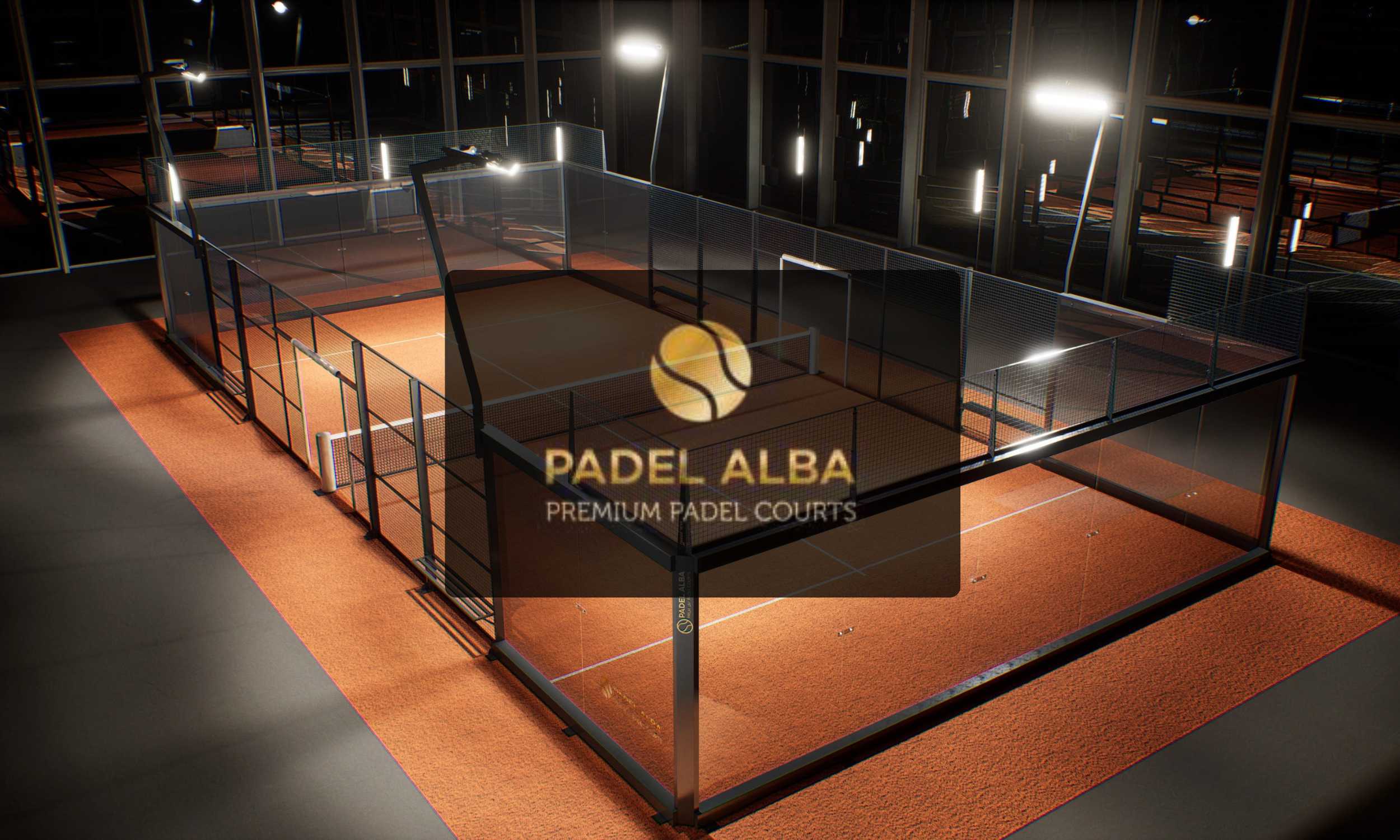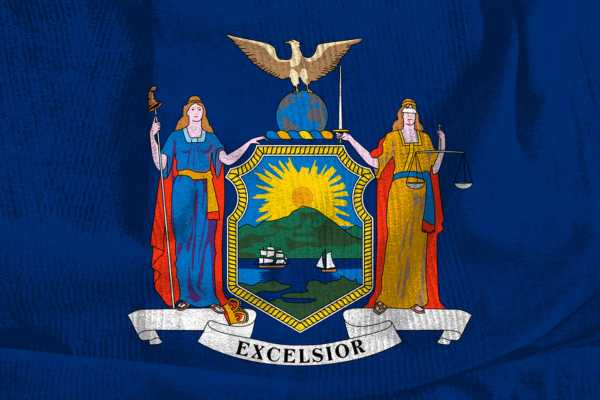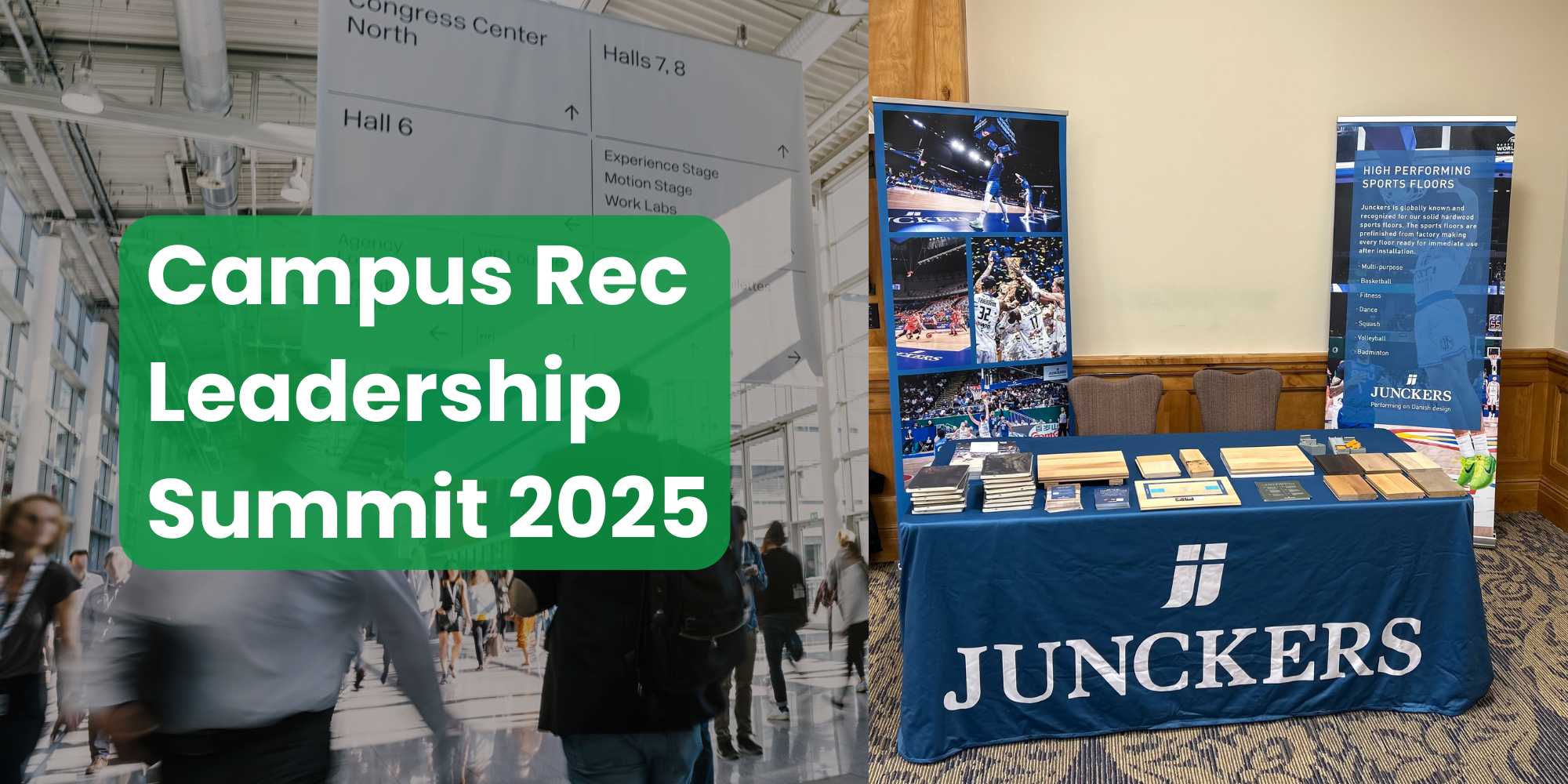
Padel Alba Unveils Refreshed Brand Identity and New Website
At the Padel World Summit in Barcelona this May, Padel Alba introduced its newly updated visual identity.
From Manhattan high schools to upstate college campuses, gymnasium flooring is a vital part of New York’s athletic and recreational infrastructure.
Whether you’re resurfacing a basketball court in Buffalo or constructing a new K–12 facility on Long Island, the right flooring system — and installer — can significantly impact performance, durability, and long-term maintenance costs.
This guide outlines what to expect when planning a gym flooring project in New York State, including installation costs, regional climate concerns, funding resources, and how to choose a qualified local contractor.

From upstate fieldhouses to city school gyms, New York’s athletic spaces demand flooring built to perform. Work with local experts who understand the state’s building codes, seasonal climate shifts, and high-traffic facility needs—whether you’re installing hardwood, rubber, vinyl, or multi-use systems.
These New York gym flooring companies are known for delivering high-performance flooring systems that meet the demands of busy fitness centers, school athletic programs, boutique studios, and sports performance facilities throughout the state. Their solutions are engineered for durability, impact resistance, and year-round performance—ideal for New York’s diverse mix of indoor training environments.
Explore our vetted list of leading gym flooring providers in New York to find the right partner for your renovation or new facility project. Request a free quote and consultation to understand why gyms and athletic organizations across the state rely on these experts for professional, long-lasting flooring installations.
For additional options and nationwide insight, browse our comprehensive directory of gym flooring companies operating across the United States.
Based on recent project data and regional trends, the cost to install a full-size gymnasium flooring system in New York typically ranges from $45,000 to $198,000. This pricing reflects factors like flooring materials (e.g., maple hardwood or synthetic systems), site accessibility, subfloor condition, and project logistics—from Upstate schools to NYC athletic complexes.
In many New York schools and public facilities, refinishing is a practical way to extend the life of existing wood floors—particularly when the subfloor remains structurally sound. A fresh topcoat can restore traction, aesthetics, and performance at a fraction of the cost of a full replacement.
On the other hand, full replacements are often needed in older buildings with structural issues, moisture damage, or warped planks. In areas prone to seasonal humidity swings—like Buffalo or the Hudson Valley—additional steps like slab sealing or vapor barrier installation may be required.
Want a tailored quote for your facility? Use our Indoor Sports Flooring Cost Calculator.
New York facility leaders—whether in public education, parks, or nonprofit sectors—can access funding from a variety of local and state-level sources:
Explore our Sports Facility Grants Database for current gym flooring funding options available in New York.
Not all gym flooring contractors are equipped to handle New York’s regulatory environment and facility diversity. When selecting a New York-based installer, prioritize the following:
Contractors should be well-versed in NYSED facility requirements, local fire codes, ADA compliance, and city-specific permitting—especially in New York City, where Department of Buildings (DOB) processes can be complex.
From upstate winter freeze-thaw cycles to humid summers in Long Island, a reliable contractor should understand how to prevent slab moisture intrusion and protect against seasonal movement in wood flooring systems.
Top providers can guide you through selecting the right system—whether you need competition-grade maple, multi-purpose synthetic floors, or cushioned vinyl surfaces—based on your athletic program and traffic levels.
Ask whether the contractor offers sanding, screening, recoating, and re-striping services, and whether they offer maintenance plans tailored to K–12 schools, universities, or community centers.
Many of the leading gym flooring companies in New York have completed projects across cities like Buffalo, Syracuse, Albany, Yonkers, and the five boroughs of NYC. Look for partners who can provide local references and a proven track record in public-sector and private-sector facilities alike.
New York school and athletic facilities host a wide variety of indoor sports—each with different flooring demands. Beyond basketball, your gym flooring may need to support:
Floors must offer excellent shock absorption and slip resistance for high-jump impacts, especially in middle and high school programs throughout the state.
Many New York schools require flooring systems that accommodate portable mats, meaning subfloor systems should be firm yet resilient to protect athletes during dynamic movements.
Especially in winter-heavy regions, synthetic or cushioned surfaces are often used for year-round conditioning and indoor league play.
From gym classes and pep rallies to PTA meetings and voting booths, K–12 gymnasiums in New York are true multi-use spaces. Floors must be durable enough to handle non-athletic foot traffic, bleachers, folding tables, and more.
With the rise of pickleball and similar low-impact sports in community centers and YMCAs, consider systems that allow for flexible striping and adequate surface grip.
Work with a flooring contractor that understands how to match performance specifications to your facility’s mix of sports, events, and seasonal use.
Gymnasium construction or renovation projects in New York must follow a range of local and state building codes. Depending on the facility type and project scope, you may need:
Permitting is highly localized in New York, with requirements varying by city, county, and district. Always coordinate with your contractor and local authorities early in the planning process to avoid delays.
New York’s diverse climate zones — from lake-effect regions to dense urban cores — require thoughtful flooring choices that can handle seasonal shifts, moisture, and usage demands:
High humidity in summer and dense building envelopes mean moisture management is critical. Installers should use vapor barriers and slab prep systems that reduce the risk of cupping or mold.
Harsh freeze-thaw cycles in winter and humid summers can stress flooring materials. Systems should allow for expansion and contraction without compromising surface integrity.
Seasonal temperature swings and aging school infrastructure in these areas require subfloor inspections and moisture testing. Many gyms in this region benefit from floating floor systems that provide flexibility.
Elevated snow loads and remote access can affect scheduling and installation. Choose durable, easy-to-maintain flooring for facilities with limited year-round HVAC control.
Regardless of location, New York’s seasonal humidity fluctuations make slab moisture testing and appropriate subfloor design non-negotiable for long-term performance.
A gym flooring proposal in New York should go far beyond a flat cost estimate. Given the state’s climate variation, dense urban permitting systems, and wide range of facility types—from public school gyms in Queens to college athletic centers in the Finger Lakes—the proposal should be detailed, transparent, and tailored.
Here are the key elements every high-quality proposal should include:
You need clarity on the product itself—not just the sport it’s designed for.
In a state with freeze-thaw cycles and muggy summers, slab moisture mitigation is non-negotiable.
New York schools and athletic centers often need multipurpose layouts.
Timing is especially sensitive for schools and community rec centers.
Top contractors may also include:
New York is home to some of the Northeast’s most recognized gym facilities, from elite high schools to pro-level arenas. Below are standout examples that feature top-tier sports flooring installation
This elite public high school in NYC features a high-durability hardwood gym floor designed to withstand the demands of daily student use, competitive athletics, and high-traffic school events. The floor incorporates performance-grade maple with protective coatings for longevity.
A collegiate-level facility that uses a combination of maple hardwood and synthetic surfaces to support a wide range of NCAA and intramural sports. The complex also includes multipurpose practice courts that require versatile striping and moisture-resistant flooring systems.
Recently completed renovations include a resurfaced maple court with branded school graphics and a new subfloor system to improve shock absorption. The upgrade was designed to accommodate both physical education and varsity sports needs.
This iconic venue stands as a masterclass in transformation and durability. Rather than storing different surfaces, MSG operates a hockey-to-basketball changeover system right atop the ice. The process involves laying insulated panels over the rink and assembling a hardwood basketball court on top—often completed in just a few hours.
Scheduled to open in Greenpoint, Brooklyn, this cutting-edge $80 million practice facility will feature two full hardwood courts crafted for elite WNBA performance. Designed “by players, for players,” it underscores the level of design and surface quality expected at professional athletes’ training grounds.
Nestled within New York’s Nassau County, the “Yes We Can” Community Center is a standout example of multi-functional flooring design integrated into a vibrant public hub. Opening in 2012 and boasting a LEED Platinum certification for its eco-conscious architecture, the center features an NBA regulation-size basketball court complemented by exercise, party, and activity rooms—together creating a true community gathering space

At the Padel World Summit in Barcelona this May, Padel Alba introduced its newly updated visual identity.

Junckers is participating in the 2025 Campus Rec Leadership Summit, held June 3–5 in Park City, Utah. The exclusive, invite-only event gathers top leaders in

In a forward-thinking collaboration, VersaCourt has partnered with #tide®, a Swiss company dedicated to repurposing ocean-bound plastic, to introduce an innovative line of eco-friendly athletic courts.
Find and take control of any Listings you have on our platform. No Listing to Claim? Click here to add one.